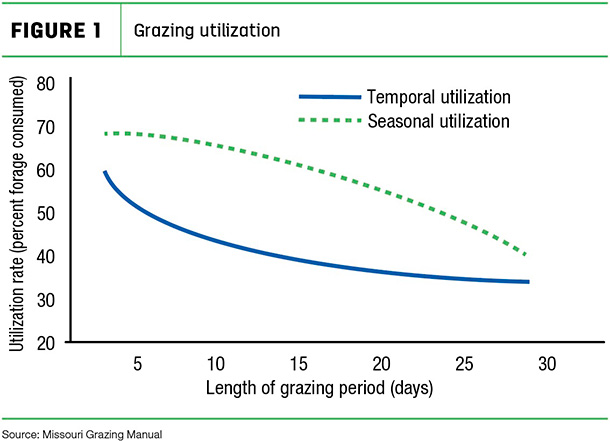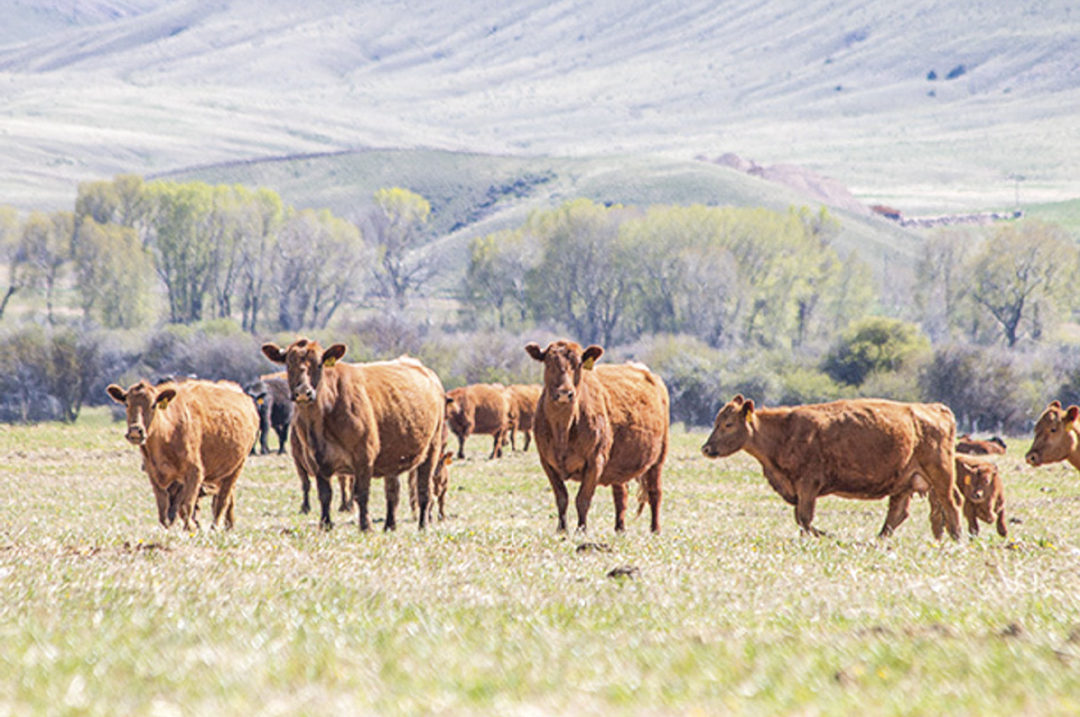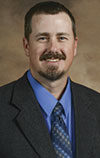Fertilizer, fuel, oil, tires, parts, land – all of these production inputs cost way more today than they have in recent years. Just compared with 12 months ago, input costs have risen at an alarming rate. For cattle producers, 2022 looks like it may be a good year because forecasts suggest cattle prices will show an improvement compared with prices in recent years. The question to ask yourself, though, is whether those prices have enough strength to offset rising production costs. This year – more than ever – think about adopting production practices that will better manage the inputs you use. Those practices may be the difference between red and black ink on your 2022 farm financial statements.
Understanding the true cost of forage
Some of a cattle producer’s most expensive inputs are those used to plant, grow and maintain pasture. Because forage-related costs can add up quickly, think about what you can do to maximize forage use efficiency. In other words, implement practices that help you get the most out of each blade of grass you raise. The grass you grow that never makes it through a cow’s belly is the most expensive input of all. By closely managing forage, you can increase the amount of pasture your cows consume, and, therefore, waste less grass and inputs used to grow it.
Managing grazing utilization
Grazing utilization refers to the forage a grazing animal consumes as a percentage of total forage grown. Cows will never consume all the forage you raise, and you wouldn’t want them to do that. Otherwise, your pasture would never regrow. However, you do want to maximize the amount of forage your animals consume. Practices such as rotational grazing – splitting a pasture into paddocks and moving cattle from one to another as forage regrows – can help you optimize your farm’s grazing utilization. To illustrate this concept, the Missouri Grazing Manual includes Figure 1. As you can see, grazing utilization improves as cows spend less time grazing any one pasture. It declines as animals spend more time in a pasture.

Appeasing picky eaters
It may not make sense that cows eat less as they spend more time in a pasture, but consider this: When cows enter a new pasture, they roam and start choosing the tastiest bites of forage they can find. On the second day, they select their second favorites. By the third day, they choose their next favorites. By the fourth day, you see regrowth on the forage cows picked as their favorites on the first day. Cows want to eat that lush regrowth more than anything, and they will if they’re given the opportunity.
A colleague of mine, Mark Kennedy, says it’s like cows have bionic ears. They can “hear” forage regrowing, and they beeline to munch on that new growth. If you allow this cycle to repeat itself, then cows graze the same spots of forage over and over. They neglect to consume all of the other forage in a pasture, forage that took a financial investment for you to grow. The quality of the forage not consumed also declines over time. Not only do the cows not want to eat it, but it also loses its nutritional value.
Finding the right rotation
The grazing utilization graph I mentioned earlier suggests that ruminants will eat 60% of a paddock’s grass if they only spend one or two days in that pasture. Beginning graziers tend to not rotate animals fast enough. When they visit a paddock and see cows haven’t “cleaned up” the forage available to them, graziers must resist the urge to leave animals in that paddock for a few additional days.
If they decide to keep cows in the one paddock with what looks like plenty of grass, then every other pasture on the farm will continue to get ahead of them. When cows move to those other paddocks, they won’t graze as much of the forage there as you’d like. By rotating cows faster, you are more likely to stay ahead of forage regrowth.
What giving up forage utilization looks like
To envision what producers miss when they don’t maximize forage use, consider this example. A realtor shows you two adjacent properties. Both cost the same, but you are told one will sustain 100 cows, and the other will sustain 200 cows. Which would you buy? This isn’t a difficult decision. If it were me, I’d choose the second one.
The first achieves 30% grazing utilization. At the second, grazing utilization was 60%. In this example, all factors other than forage management practices were the same. Grazing utilization varied because the first farm turned out cows to continuously graze the same pastures. Using rotational intensive grazing, the second allowed animals to consume the desired forage. Then, it moved animals to a new pasture before their bionic ears could hear their favorite forage regrow. By making better use of available forage, the second could support more animals.
As input prices increase, don’t allocate expensive resources toward growing forage your cows won’t eat. Instead, consider how to adopt rotational grazing practices to maximize forage utilization. After all, who needs to buy the farm next door when you can get a free one simply by improving management?








